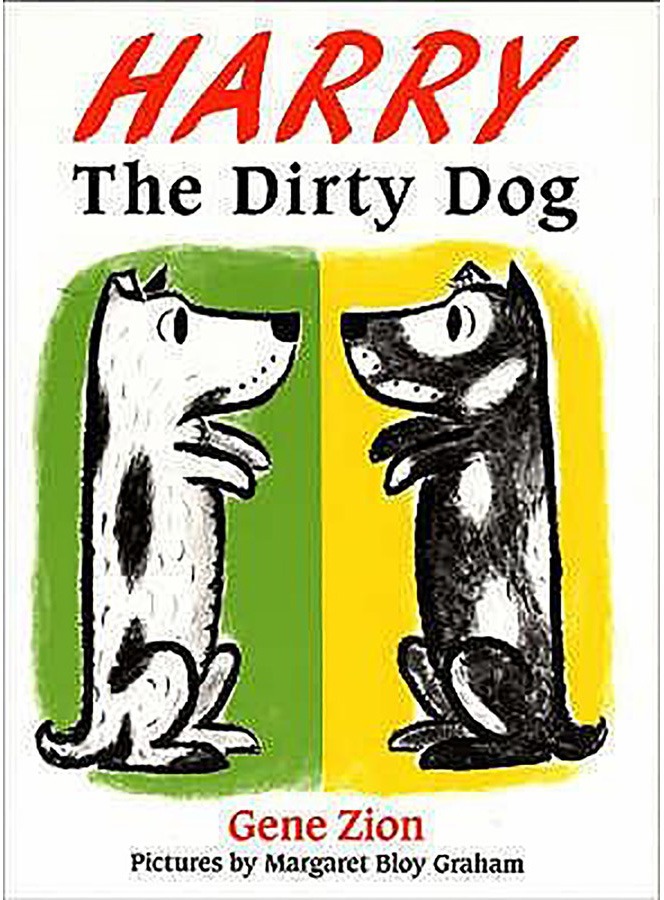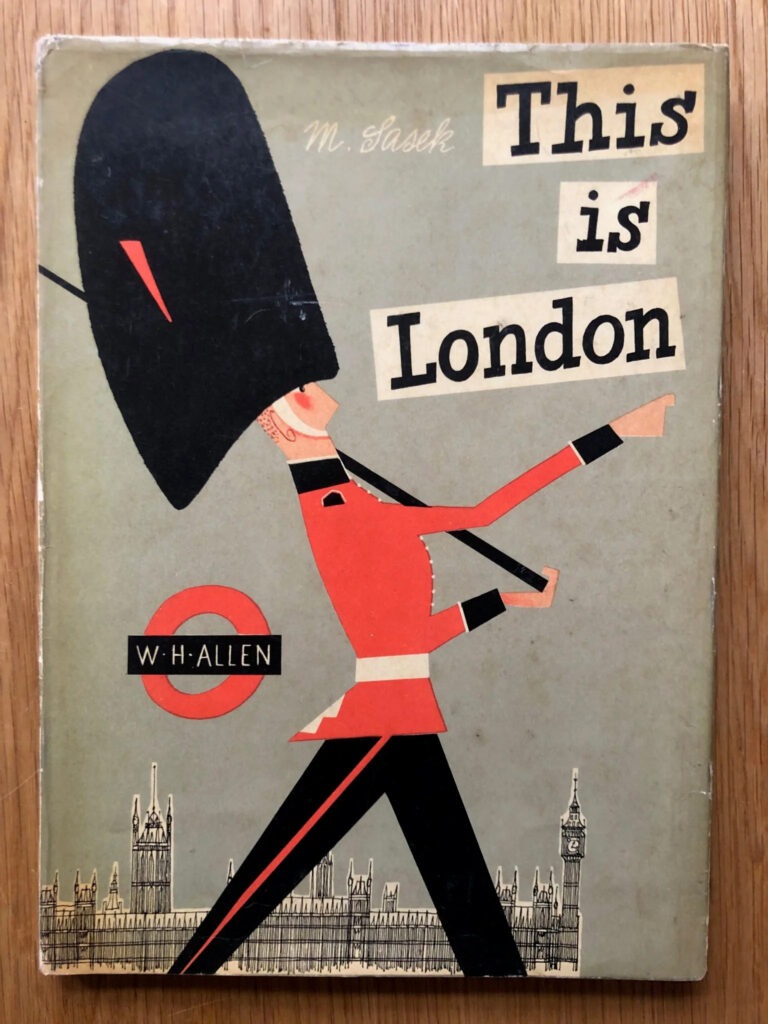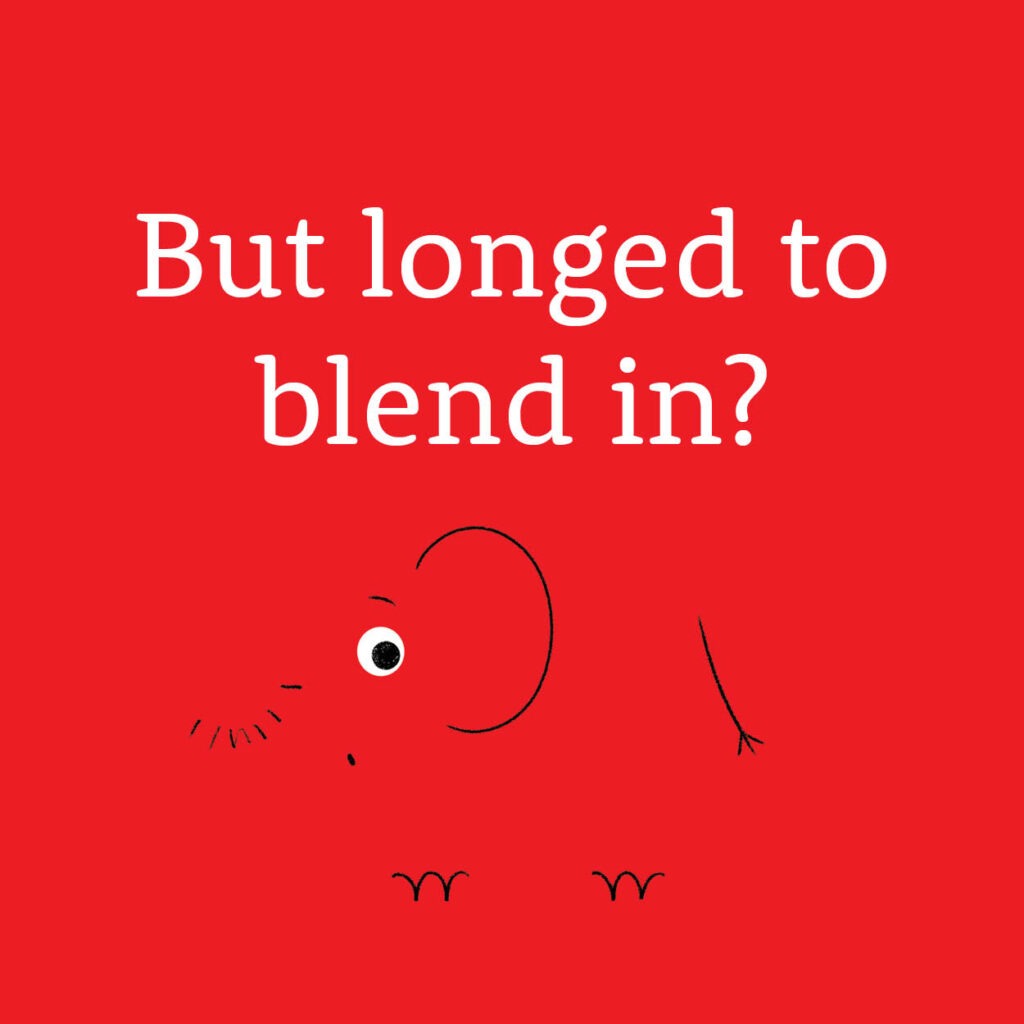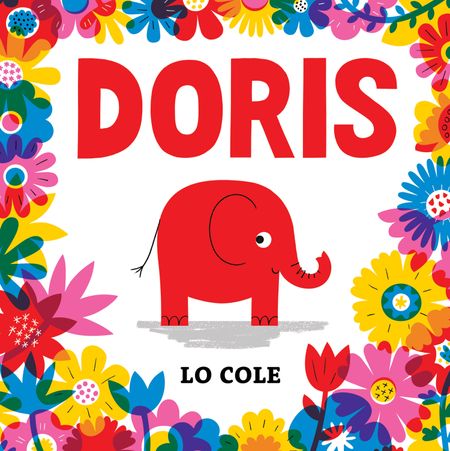Q&A with author-illustrator Lo Cole










What are your earliest memories of books and reading, for example do you have a favourite or inspirational book?
As a very little person I loved Dick Bruna’s books, especially Miffy. Another firm favourite was Harry the Dirty Dog by Gene Zion, with illustrations by Margaret Bloy Graham – a wonderful book which my children and now my grandchildren very much enjoy.
I was fortunate to grow up surrounded by books, my father was an author and my mother an illustrator and together they created books and children’s TV programmes. I used to love visiting our local library in Marylebone and marvelling over the beautiful illustrations in Miroslav Sasek’s This is series of children’s books – This is London, This is New York. I must include Maurice Sendak’s, Where the Wild Things Are; just the best pictures.
What inspired you to become an author and illustrator?
I studied printmaking at art school and when I left in the early 1980s, I hawked my portfolio round numerous London magazines, design groups and record companies. I loved vinyl and after approaching a design group called XL design, I walked out with a dream commission: illustrating the cover artwork for Frankie Goes to Hollywood’s 1984 bestselling LP ‘Welcome to the Pleasuredome’. Following that job, I found myself an agent and have been working as an illustrator ever since.
Writing stories for children is a relatively recent development. I think it grew from a desire to have more control over what I want to illustrate. I have always loved words and wordplay, like inventing nonsense poems and dreaming up bedtime stories for my children. Now, it feels like a natural thing to both write the words and draw the pictures.
For you, what makes a successful picture book or illustration?
It’s hard to define the ‘magic’ ingredient that makes a successful book or illustration, but I instinctively know when I hit upon it. The first book I wrote and illustrated was Ten on a Twig, a counting book for young children. The concept had been in my head for many years before it got onto the page. I tussled with the words for ages and then had a eureka moment, a breakthrough – that was a good feeling.
My most recent children’s book DORIS is a story about a bright red elephant who is VERY easy to spot, but also very shy. Things came together happily with this project – the story, the pictures, the design and of course all made possible by a great team who helped bring DORIS into the world – my agent Helen Boyle at Pickled Ink, publisher Libby Hamilton at Rocket Bird Books and book designer, Ness Wood.
Do you have a specific audience in mind when you write your books and plan your illustrations?
The books I have written and illustrated so far have been aimed at either very young, early reading, and pre-school children. It is so important to introduce children to books and pictures from an early age, to encourage a lifetime of enjoyment and love of books and reading.
The other part of my job as an illustrator is for a far more grown-up audience, accompanying editorial stories in newspapers and magazines such as The Guardian and The Economist – publications I have worked with for many years.
What future do you think the physical book has?
A physical book is far more than just ‘viewing’ words and pictures, it is a tactile experience – the feel of the paper, the quality of ink, the smell when you open it, the binding. If all these elements are working together, a book is a wonderful object and cannot be replaced by digital media. In my view, words and pictures will always be in our lives and there is room for telling stories with them in all forms.
Are you a book collector?
I wouldn’t describe myself as a book collector, but I do own a lot of books. I find it hard to part with them and I have just constructed yet another bookshelf in my studio to house them all. I’m not concerned with owning first editions or having signed copies of books




